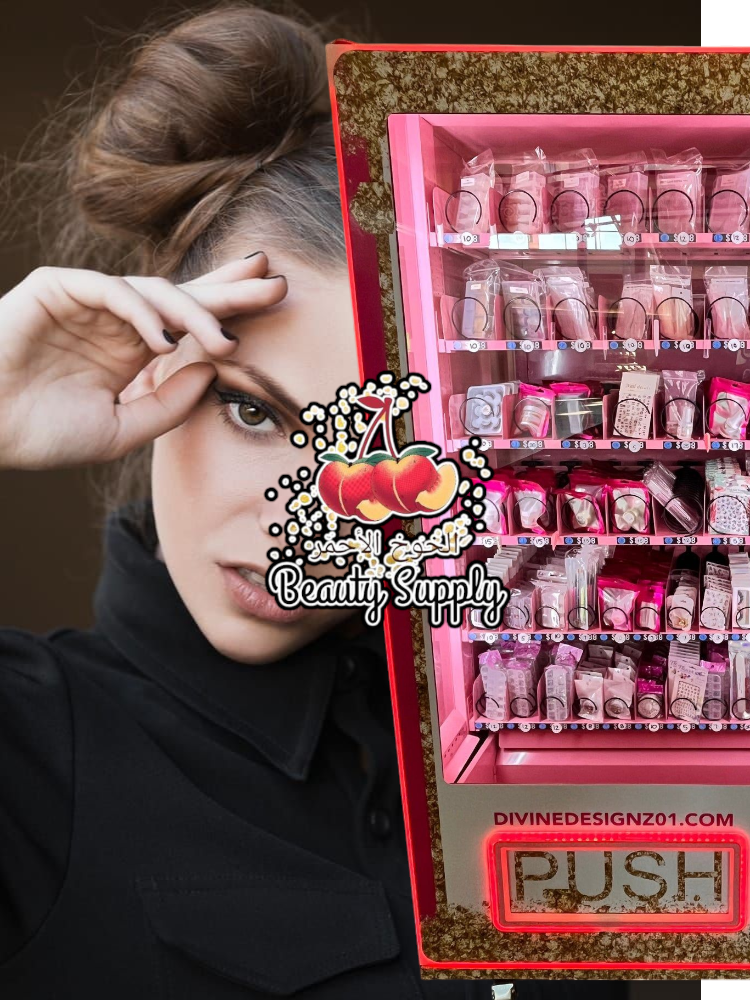
In today’s fast-paced world, the way people access beauty products is rapidly evolving. The traditional brick-and-mortar beauty supply stores, while still essential, are now being complemented by innovative approaches that meet consumers where they are—literally. One such emerging trend is the use of local beauty supply vending networks, a model that offers both accessibility and empowerment. These vending machines, strategically placed in neighborhoods, schools, salons, and gyms, offer far more than convenience—they’re becoming hubs for community building and economic opportunity.
At its core, a beauty supply vending network democratizes access to quality beauty products. Whether it’s natural hair care essentials, skincare must-haves, or trending makeup items, vending machines stocked with these goods make them available 24/7. This accessibility is especially beneficial in underserved communities where traditional beauty supply stores may be few and far between. By placing these machines in high-traffic local areas, it bridges the gap between supply and demand in real-time.
But convenience is just the tip of the iceberg. These vending machines can serve as economic empowerment tools. Local entrepreneurs, particularly women and minorities, can lease, stock, and manage these vending units, creating passive income streams and small business ownership opportunities. This model gives power back to the community—allowing locals to directly benefit from the spending that would otherwise go to large corporations.
Moreover, these networks allow for local product representation. Instead of carrying only mainstream or international beauty brands, these vending machines can showcase locally-made products—from homemade shea butters and oils to independently owned cosmetic lines. This not only supports microbusinesses but also helps cultivate pride and visibility for local creators who might otherwise be overlooked in larger retail spaces.
A local beauty vending network also creates a platform for educational outreach. Digital screens on machines or QR-coded flyers can offer tutorials, tips for hair types, or skincare education. This bridges the knowledge gap often left by big retailers and supports consumers with tools to care for themselves confidently. These machines can even serve as satellite info centers—offering updates about local beauty workshops or wellness events in the area.
Partnerships can further elevate these networks. Collaborations with schools, local salons, gyms, or community centers ensure that machines are well-placed and trusted. A vending machine in a high school, for example, can offer affordable hygiene and beauty products tailored to teen needs. In salons, they become upsell tools that enhance the client experience, offering last-minute items clients can take home.
Technology plays a crucial role in these networks. With smart vending features, owners can track sales in real time, receive restock alerts, and gather consumer behavior data to improve offerings. Mobile payment options and contactless checkout also make transactions seamless for the modern shopper, while also reducing the overhead associated with staffing or maintaining a full store.




On a cultural level, beauty vending machines also send a powerful message: beauty belongs everywhere. They normalize and celebrate the daily routines and needs of Black, Brown, and diverse communities. When a young girl sees her specific hair care needs reflected in the everyday spaces she occupies, it boosts her sense of self-worth and belonging.
There’s also the environmental benefit to consider. Local vending means fewer car trips to far-off supply stores, and with smart inventory control, there's less overstock waste. If machines are stocked intentionally and sourced from sustainable or local suppliers, the entire model becomes a greener and more eco-conscious way to shop beauty.
Local governments and community development programs can get involved by supporting grants, space leasing, or entrepreneurial training for vending machine operators. With just a little investment, cities can use vending networks as micro economic development tools that uplift whole neighborhoods.
In addition, social causes can be layered into the network. For instance, one vending machine could allocate a portion of its profits to support women’s shelters, back-to-school programs, or free hygiene kits for students. These types of community-based incentives give vending machines a mission-driven purpose beyond profit.
As urban areas continue to change and evolve, the modular and mobile nature of vending machines allows them to move and grow with the community. They’re adaptable. Whether it’s a college town, a suburban plaza, or an inner-city block, these machines can fill the void quickly and efficiently.
Ultimately, what makes a local beauty vending network truly powerful is its capacity to become more than a business—it becomes a pillar. A pillar of access, equity, representation, and entrepreneurship. It weaves into the fabric of the community, offering not only goods but also dignity, opportunity, and connection.
By reimagining beauty distribution as a local, scalable, and inclusive model, we do more than sell products—we build bridges. In the hands of the community, beauty vending machines can help redefine what it means to be seen, supported, and successful, right where you live.


Add comment
Comments